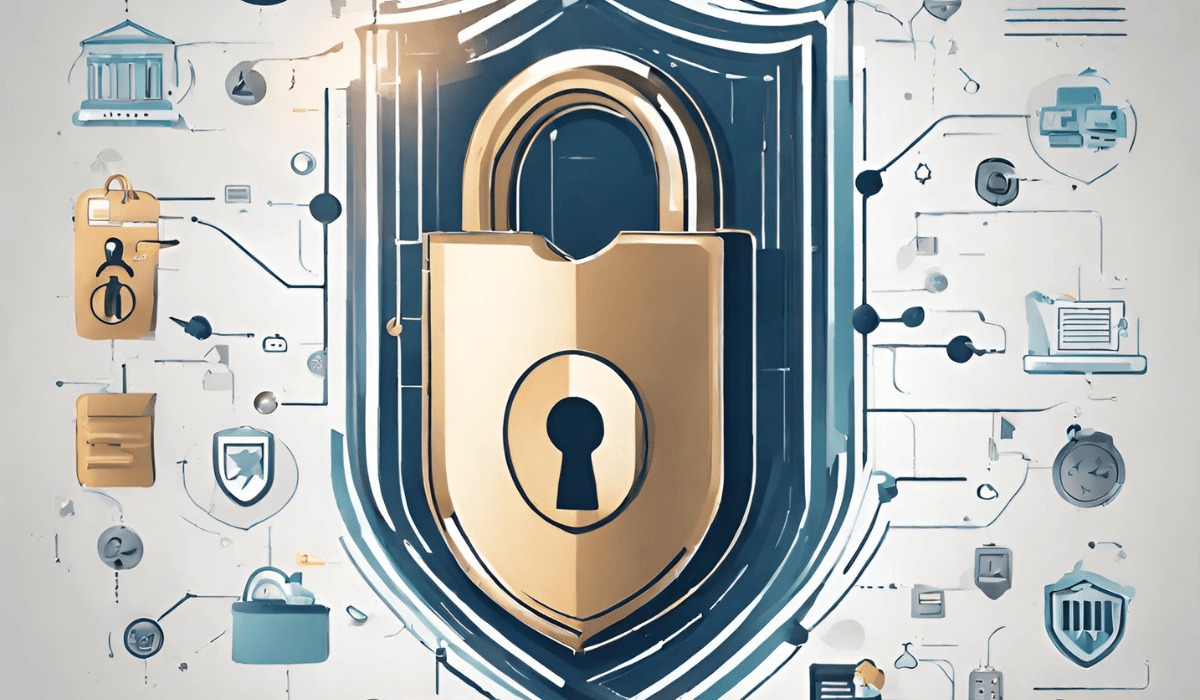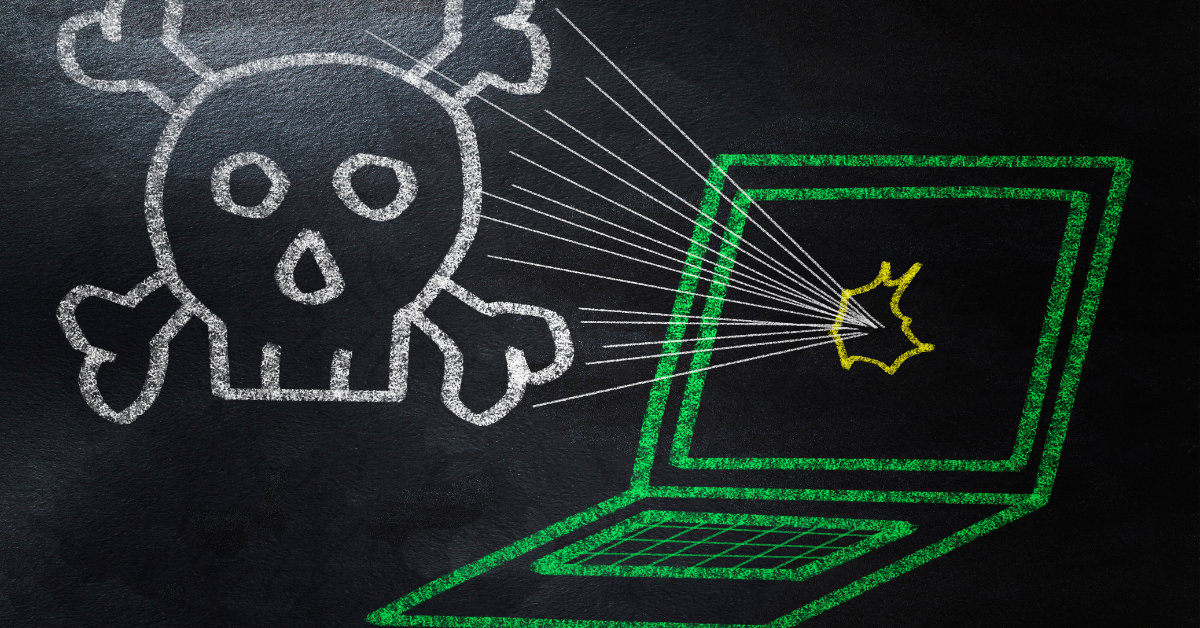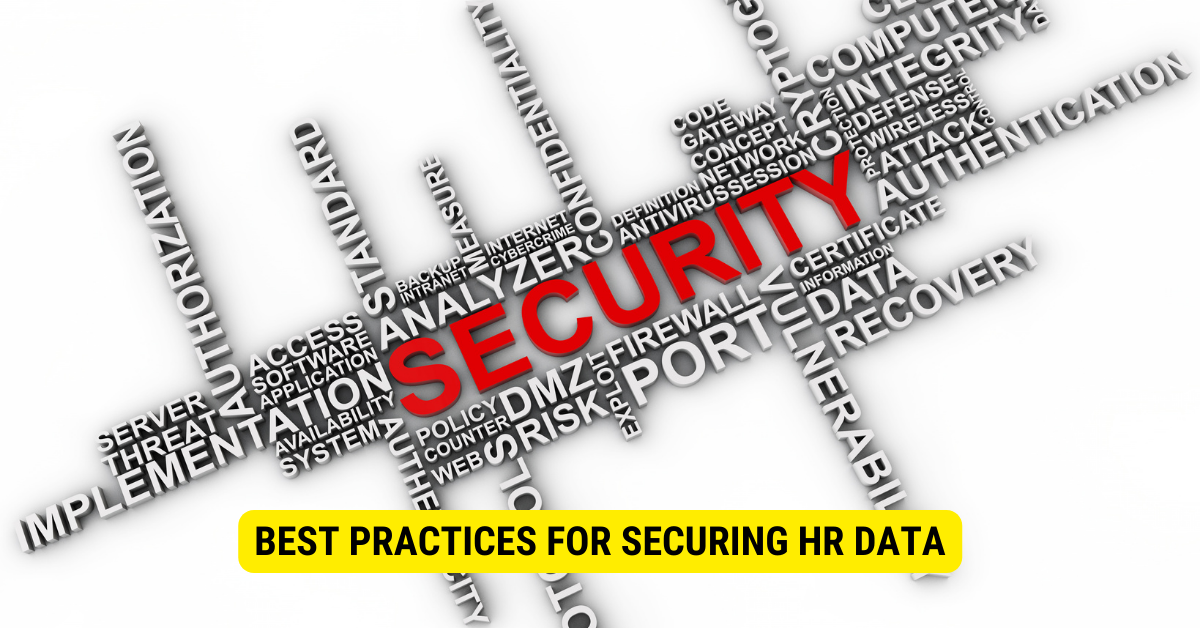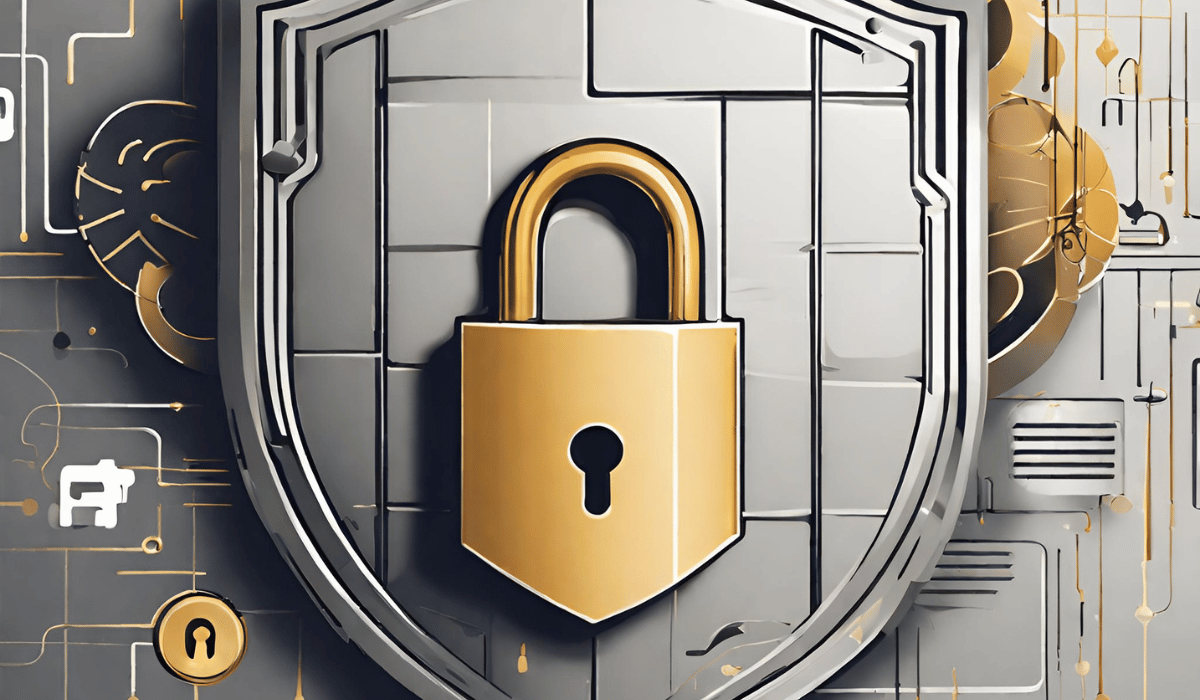Limit Access: Restrict HR data access to authorized personnel only.
Use Encryption: Encrypt sensitive HR data in storage and transit.
Multi-Factor Authentication (MFA): Implement MFA for added security.
Regular Backups: Backup HR data regularly to secure locations.
Employee Training: Educate staff on data security best practices.
Monitor and Update: Monitor systems and keep software updated.
Data security has become a paramount concern for businesses worldwide in today’s rapidly evolving digital landscape. This is especially true when it comes to securing sensitive HR data. Human Resources (HR) departments handle confidential information, including employee personal data, financial records, etc. Any breach or unauthorized access to this data could have severe consequences for the organization and its employees.
Understanding HR Data Security
Defining HR Data Security

HR data security refers to protecting sensitive information held by Human Resources departments, such as employee personal data, financial records, etc. It is crucial because any breach or unauthorized access to this data can lead to identity theft, financial fraud, and a loss of trust among employees.
Importance of HR Data Security
HR data security is critical for several reasons. First and foremost, it protects employees’ personally identifiable information (PII), such as social security numbers, addresses, and bank details. Failure to safeguard this data could lead to identity theft, financial fraud, and other devastating employee outcomes.
Moreover, securing HR data also helps maintain the organization’s reputation and trust among its workforce. Employees expect their employers to handle their information responsibly, and any breach can erode that trust and lead to employee dissatisfaction.
Common Threats to HR Data Security

Before we delve into best practices for securing HR data, let’s explore some common threats that organizations may face:
a) Phishing Attacks
Phishing attacks involve cybercriminals using deceptive emails or messages to trick employees into revealing sensitive information or login credentials. HR staff may be targeted as they have access to valuable data.
Internal employees with malicious intent or unintentional negligence can pose significant risks to HR data security. This could include employees mishandling data or accessing information they are not authorized to see.
c) Ransomware Attacks
Ransomware is malware that encrypts data, rendering it inaccessible until a ransom is paid. HR databases with critical information may be targeted in such attacks.
d) Weak Passwords
Weak passwords are an open invitation for cyber criminals. Employees using easily guessable passwords put the entire HR system at risk.
Best Practices for Securing HR Data

a) Implement Strong Access Controls
Enforce strict access controls to limit the number of individuals accessing sensitive HR data. Use role-based permissions, granting access only to those who require it for their job roles.
b) Conduct Regular Security Training
Educate all employees, including HR staff, about the latest security threats and best practices. Regular training can help them identify and avoid potential security breaches.
c) Use Multi-Factor Authentication (MFA)
MFA adds an extra layer of security by requiring users to provide multiple forms of identification before gaining access to HR data. This significantly reduces the risk of unauthorized access.
Ensure that all HR data, whether in transit or at rest, is encrypted. Encryption converts data into unreadable code, making it nearly impossible for unauthorized parties to decipher.
e) Regular Data Backups
Frequently back up all HR data to secure offsite locations. These backups can help restore lost information in a cyberattack or data breach.
f) Update Software and Patches
Regularly update all software and applications used in the HR department. These updates often include security patches to address known vulnerabilities.
g) Monitor HR Systems
Implement robust monitoring systems to detect any unusual activities within HR databases. Prompt detection can help mitigate potential threats before they escalate.
The Role of HR Personnel in Data Security

HR personnel play a crucial role in maintaining data security within an organization:
a) Limit Data Access
HR staff should only access information necessary for their daily tasks. Implementing the principle of least privilege ensures that employees can only access the data required to perform their specific roles.
b) Reporting Incidents
Encourage HR staff to report any suspicious activity or security incidents promptly. Reporting incidents allows the organization to respond swiftly and effectively.
c) Regular Security Training
HR personnel must undergo regular security training to stay updated on the latest threats and best practices. They should also be well-versed in the organization’s data security policies.
d) Partnering with IT
Collaborate closely with the IT department to address any security concerns. IT professionals can provide valuable insights and solutions to enhance HR data security.
Key Takeaways
- Prioritize HR Data Security: Safeguarding sensitive HR data is crucial for protecting employees’ personally identifiable information and maintaining trust within the organization.
- Implement Strong Access Controls: Restrict access to HR data through role-based permissions and multi-factor authentication to minimize the risk of unauthorized access.
- Educate Employees Regularly: Conduct frequent security training to keep employees, including HR staff, aware of potential threats and best practices for data security.
- Encrypt HR Data: Ensure all HR data is encrypted during transit and at rest to prevent unauthorized parties from accessing sensitive information.
- Backup Data Regularly: Back up HR data frequently to secure offsite locations, allowing for data restoration in case of cyberattacks or data breaches.
- Stay Updated with Software Updates and Patches: Regularly update software and applications used in the HR department to address known vulnerabilities and improve overall security.
- Monitor HR Systems: Implement robust monitoring systems to promptly detect and address unusual activities within HR databases.
- Limit Data Access for HR Personnel: Practice the principle of least privilege, allowing HR staff access only to information essential for their specific job roles.
- Encourage Incident Reporting: Create a culture where HR staff feels comfortable reporting suspicious activity or security incidents for swift response and resolution.
FAQs
Q: How can organizations foster a culture of data security?
A: Organizations can foster a culture of data security by promoting data protection awareness among all employees, providing training on security best practices, encouraging incident reporting, and rewarding proactive security behavior.
Q: Is data security a one-time effort?
A: No, data security is an ongoing process that requires continuous vigilance and improvement. New threats emerge, and technology evolves, necessitating constant adaptation to maintain robust data security measures.
Conclusion
Securing HR data is a top priority for businesses aiming to protect their employees’ sensitive information and maintain their reputations. Organizations can significantly reduce the risk of data breaches by implementing strong access controls, conducting regular security training, and using encryption and MFA.
Remember, data security is an ongoing process requiring continuous improvement. Organizations can take significant strides toward securing their HR data effectively by fostering a culture of security consciousness and adopting the best practices outlined in this article.
So, whether you’re a small business or a large corporation, prioritize HR data security to ensure your employees’ and customers’ safety and trust.
